-
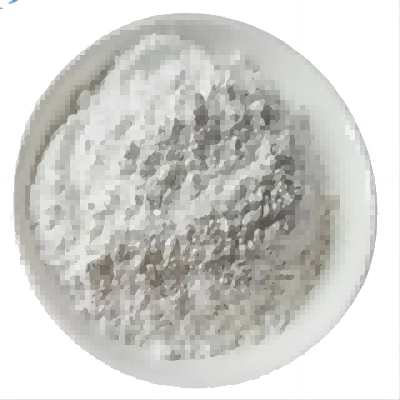
N-Acetyl-L-Valine CAS:96-81-1 Manufacturer Supplier
An L-valine derivative in which one of the amino hydrogens of L-valine has been replaced by an acetyl group.Ac-Val-OH is an N-protected valine amino acid ligand. It participates in the 2,6-diolefination reaction of phenylacetic acids.
-

N-Acetyl-L-Glycine CAS:543-24-8 Manufacturer Supplier
The amino acid N-Acetyl-L-Glycine (Aceturic acid) is a derivative of the amino acid glycine. Glycine is a non-essential amino acid, meaning the body can produce it on its own. As with any amino acid, the body cannot function properly without glycine, although a glycine deficiency is rare.
-

Alpha-Ketoisocaproic acid CAS:816-66-0 Manufacturer Supplier
Alpha-Ketoisocaproic acid that is pentanoic acid (valeric acid) substituted with a keto group at C-2 and a methyl group at C-4. A metabolite that has been found to accumulate in maple syrup urine disease.
-
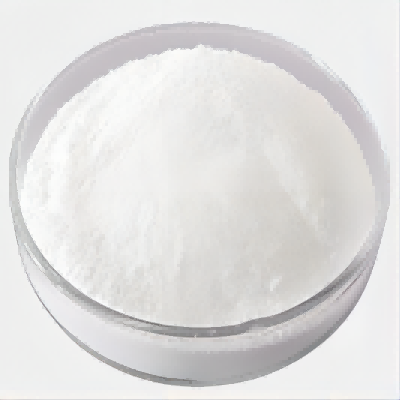
N-Acetyl-L-Tyrosine CAS:537-55-3 Manufacturer Supplier
N-Acetyl-L-Tyrosine is a white crystalline powder that is an acetyl derivative of the amino acid, L-tyrosine. It is freely soluble in water compared to L-tyrosine and is commonly used as a parenteral nutrition supplement. N-Acetyl-L-tyrosine , a stable and more soluble form of tyrosine , has been incorporated in some currently available commercial parenteral amino acid formulations such as TrophAmine and Aminosyn-II.
-

N-Acetyl-L-Glutamine CAS:35305-74-9 Manufacturer Supplier
N-Acetyl-L-glutamine is used in biochemical research, and is used as a medicine to improve brain function. It is used in liver coma, brain tumor after brain injury, paralysis, mental decline, memory disorders and other diseases.
-

Theanine CAS:3081-61-6 Manufacturer Supplier
L-Theanine is the major amino acid found in Camellia sinensis, the source of green tea. It is an analog of the excitatory neurotransmitter, glutamate, and thusly, binds to glutamate receptors. L-Theanine can antagonize various glutamate receptor subtypes as well as inhibit glutamine and glutamate transporters, which has been shown to be neuroprotective in animal models of focal cerebral ischemia. Further, L-theanine is reported to increase brain levels of dopamine, serotonin, GABA, nerve growth factor, and brain-derived neurotrophic factor.
-
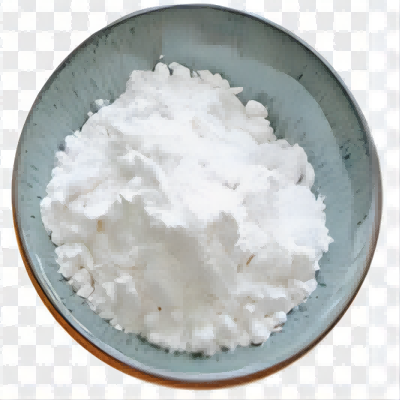
Alpha-Ketoglutaric Acid CAS:328-50-7 Manufacturer Supplier
Alpha-Ketoglutaric Acid also known as α-Ketoglutaric acid (AKG) is a chemical found in the body. It is a ketone derivative of the organic compound glutaric acid. It is important for the proper metabolism of all essential amino acids and the transfer of cellular energy in the citric acid or Krebs cycle. In combination with L-glutamate, AKG can reduce levels of ammonia formed in the brain, muscles, and kidneys, as well as help balance the body’s nitrogen chemistry and prevent nitrogen excess in body tissues and fluids.
-
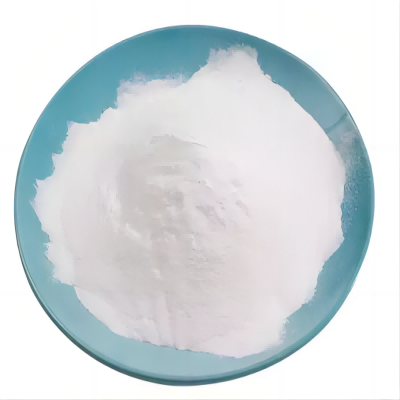
Norvaline CAS:6600-40-4 Manufacturer Supplier
L-Norvaline, an amino acid nutritional supplements, is a nonessential amino acid that’s typically found in protein-rich foods, such as meat and eggs. And, it can also be made by the body from valine during normal metabolism. L-norvaline is frequently consumed by athletes as part of their workout supplement program. It is usually used for pre-workout drinks to boost energy and support post-workout recovery. During workouts, L-norvaline improves muscle tissue strength and endurance by providing massive amounts of oxygen and nutrients.
-
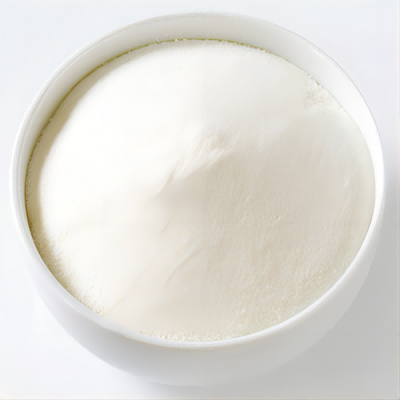
Pyroglutamic Acid CAS:98-79-3 Manufacturer Supplier
Pyroglutamic acid is an amino acid that occurs naturally in the body. It is present in the brain, spinal fluid, skin and blood.pyroglutamic acid is one of the major components of natural moisturizing factor of the skin, its moisturizing ability is far stronger than glycerin and propylene glycol.
-
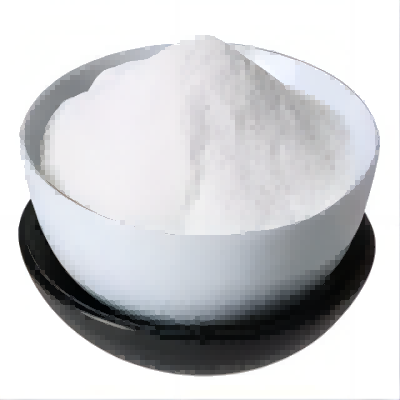
Ornithine HCL CAS:3184-13-2 Manufacturer Supplier
L(+)-Ornithine hydrochloride is a non-essential amino acid. It is manufactured in the body utilizing L-Arginine which is an important precursor needed to manufacture Citrulline, Proline and Glutamic Acid.L-Ornithine is one of the products of the action of the enzyme arginase on L-arginine, creating urea. Therefore, ornithine is a central part of the urea cycle, which allows for the disposal of excess nitrogen. Ornithine is recycled and, in a manner, is a catalyst. First, ammonia is converted into carbamoyl phosphate (phosphate-CONH2), which creates one half of urea.
-

Phenylalanine CAS:63-91-2 Manufacturer Supplier
Phenylalanie is an essential amino acid and it is the precursor of the amino acid tyrosine. The body cannot make phenylalanie but it needs phenylalanie to produce proteins. Thus, human needs to obtain phenylalanie from food. 3 forms of phenylalanie are found in the nature: D-phenylalanine, L-phenylalanine, and DL-phenylalanine. Among these three forms, L-phenylalanine is the natural form found in most foods that containing proteins, including beef, poultry, pork, fish, milk, yogurt, eggs, cheeses, soy products, and certain nuts and seeds.
-

Phenylglycine CAS:2935-35-5 Manufacturer Supplier
Phenylglycine is an amide that belongs to the group of pyridoxal phosphate analogues. It has been shown to be a response element for enzymes and natural compounds in Escherichia coli and Saccharomyces cerevisiae. It inhibits aminotransferase activity, dopamine synthesis, and microbial metabolism in these organisms. This compound also has a structural analysis that includes x-ray diffraction data, which can be used to identify its three-dimensional structure.

